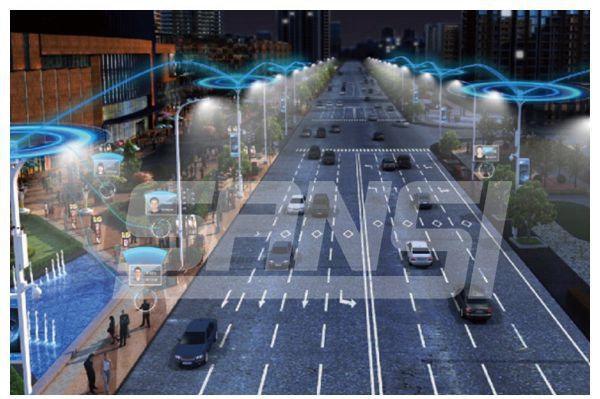Dynamic Color Temperature Streetlights: Writing Urban Wisdom with Light
As dusk falls, a new generation of "thinking" streetlights is quietly transforming city nights. The newly implemented dynamic color temperature streetlight system intelligently adjusts brightness and color temperature by sensing real-time traffic flow, not only meeting pedestrians' needs but also creating a harmonious light environment for people, vehicles, and the surroundings.

I. The Breathing City Light
Breaking away from the traditional "all-night constant brightness" model, this system features built-in multi-dimensional environmental sensors that accurately detect activity intensity on roads. During evening rush hours with heavy traffic, it automatically enhances cool white light to improve drivers' visibility. In late-night hours with few pedestrians, it switches to warm yellow light, ensuring safety while reducing light pollution. This biomimetic lighting strategy makes streetlights resemble "urban night watchmen" with biological clocks, always providing just the right amount of light.
II. Three-Tier Smart Decision System
l Perception Layer: Uses non-identifying sensing technology to only measure object density without collecting individual data
l Analysis Layer: Edge computing nodes process data in real-time to build lighting demand prediction models
l Execution Layer: Seamless dimming system enables second-level brightness response and smooth color temperature transitions
The distributed architecture allows coordinated adjustments across road sections. For example, brightness changes triggered by sudden events can intelligently propagate to adjacent areas via the "streetlight IoT," forming dynamic lighting zones.
III. Visible Hidden Value
l Eco-Friendly: Adaptive lighting reduces ineffective light pollution compared to traditional models
l Human-Centric: Streetlights near residential areas automatically enter "sleep mode" to minimize disturbance
l Energy-Efficient: Smart power distribution extends fixture lifespan and lowers maintenance costs
Municipal lighting experts note that this technology marks a leap from "functional fulfillment" to "experience optimization" in urban infrastructure. Future integration with city brain platforms will enable streetlights to serve as terminal nodes for weather alerts and emergency response, achieving multi-functional development.
With the first pilot sections in operation, residents praise this "invisible service" for making technology feel warm and human. When streetlights learn to observe and think, they illuminate not just roads but also the people-first philosophy of smart cities. This innovation proves that true technological progress lies in making technology itself invisible while making the beauty of life clearly visible.